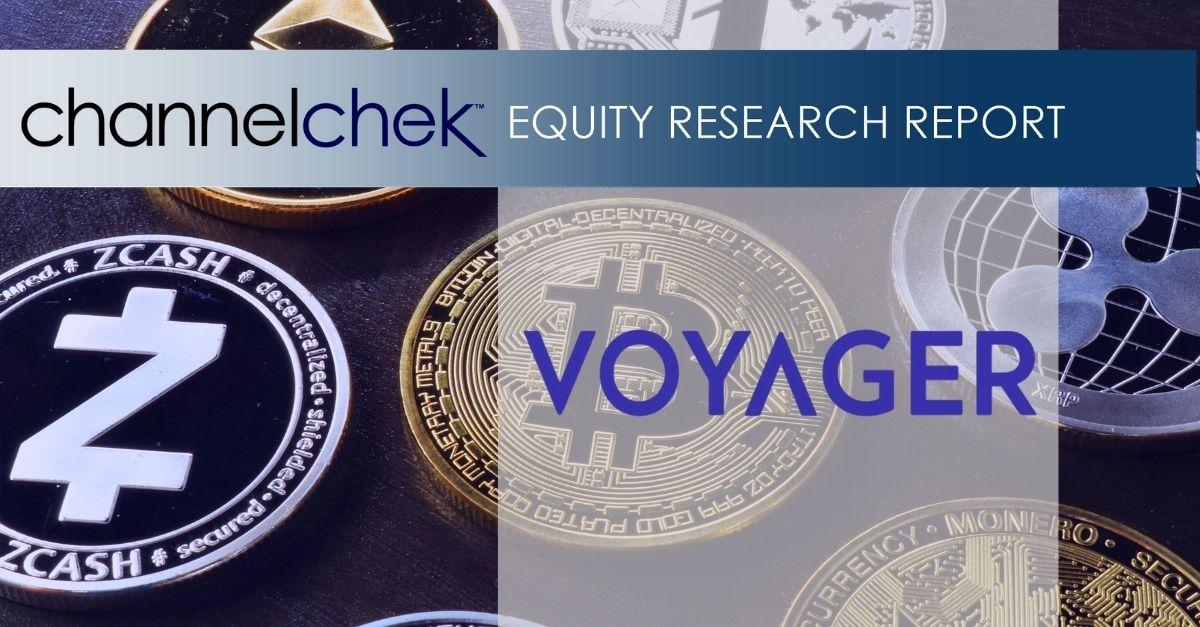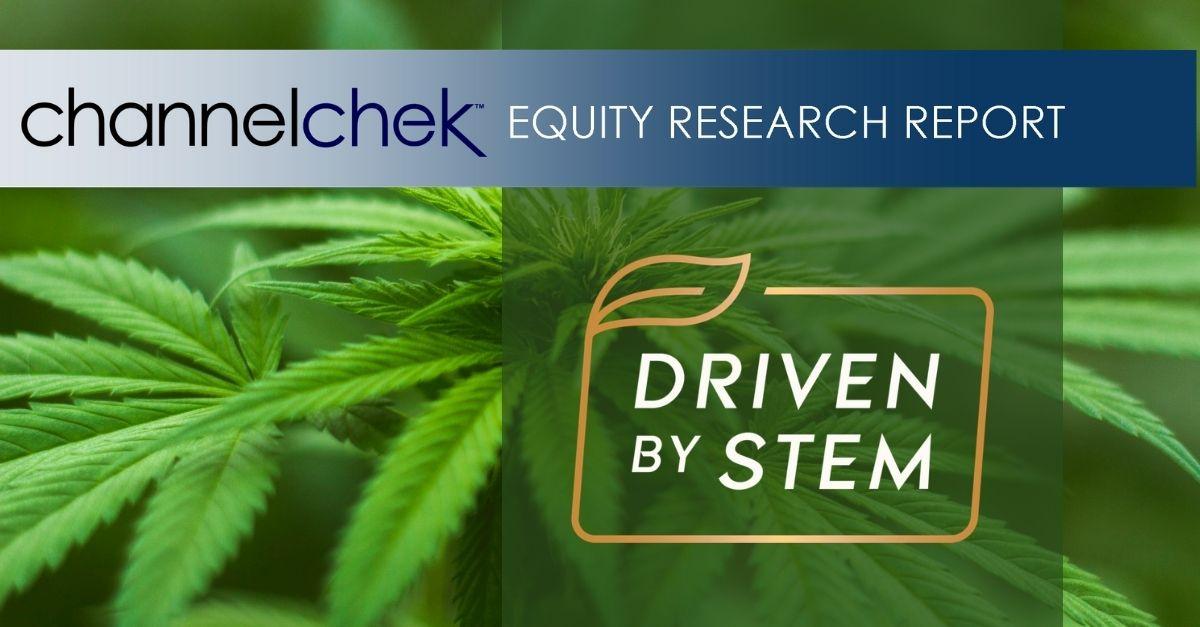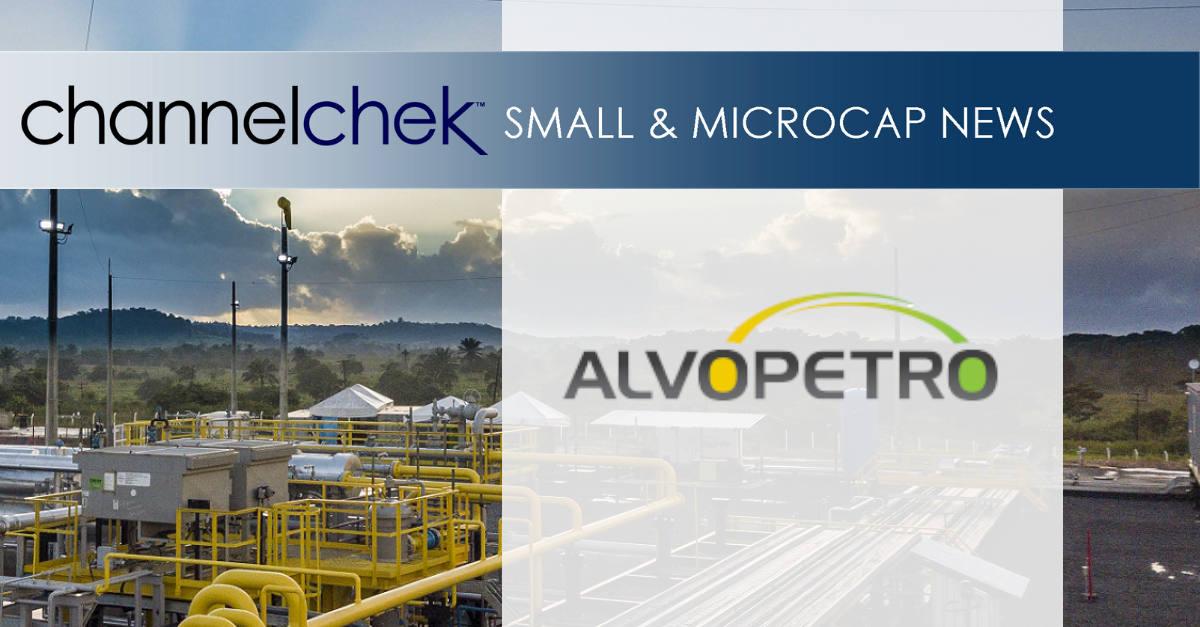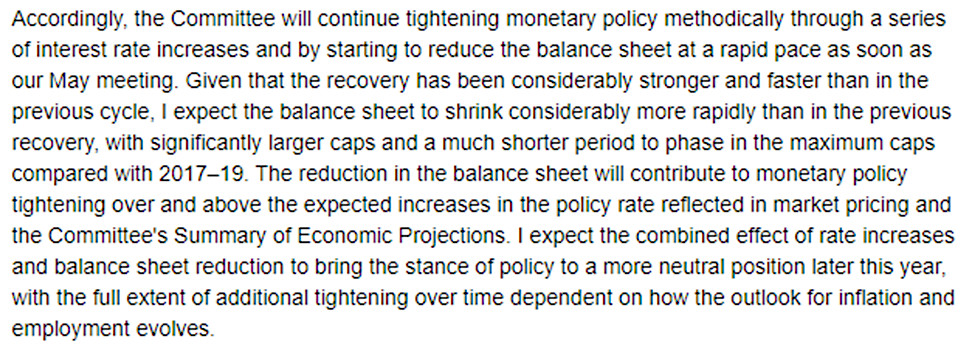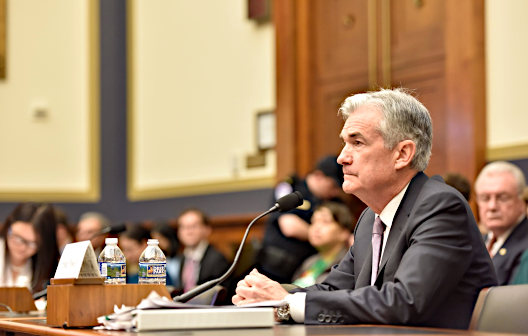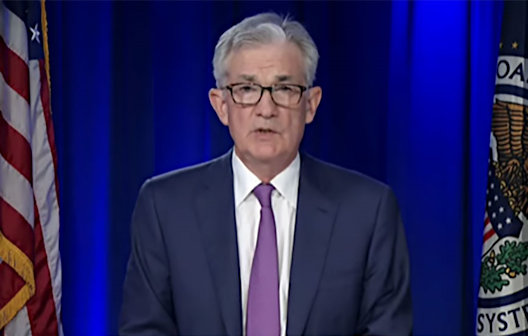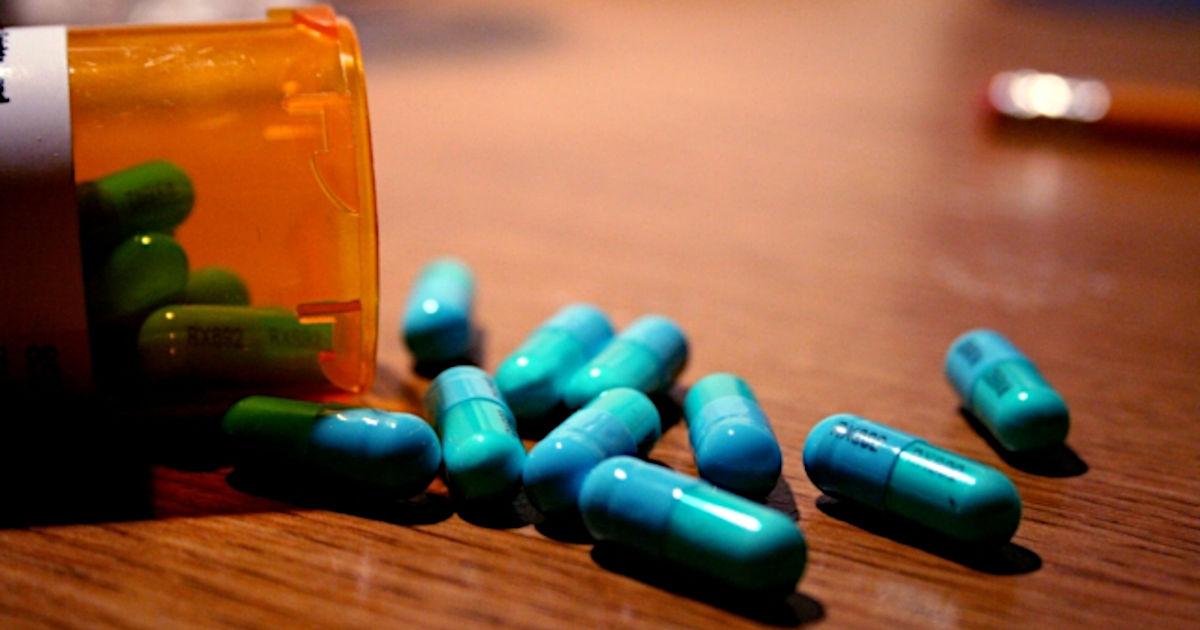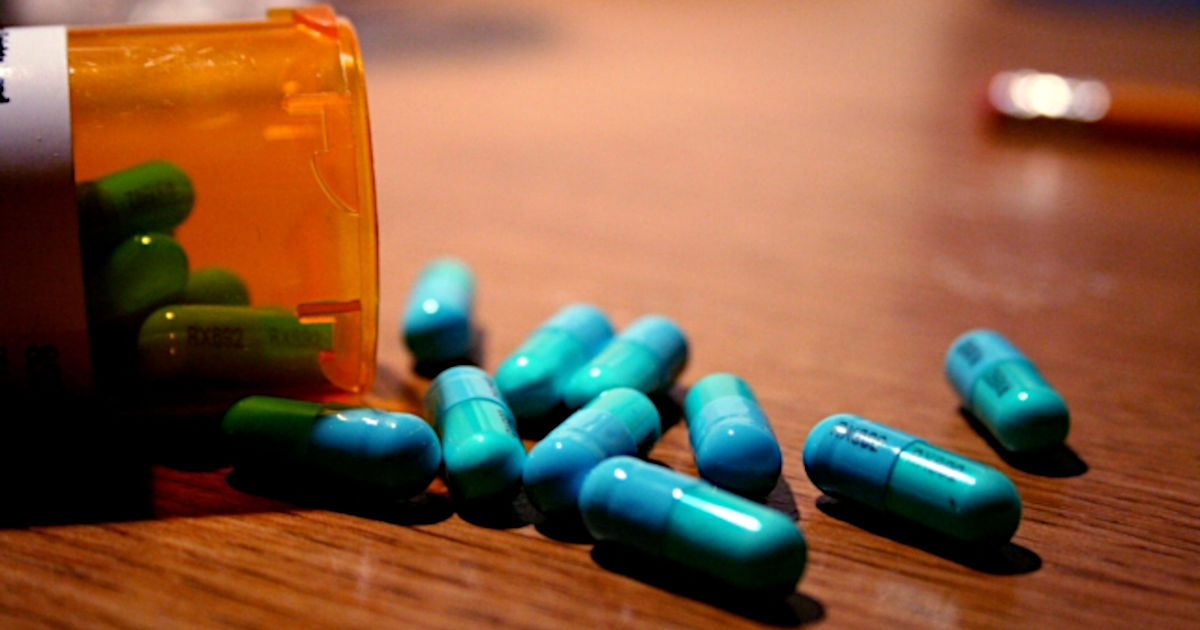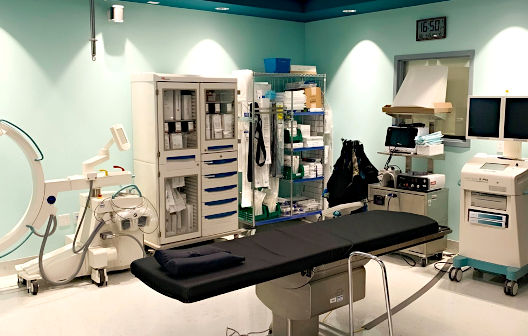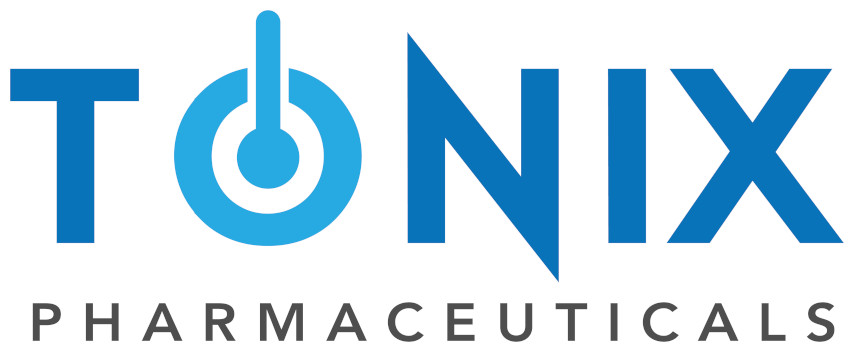
Tonix Pharmaceuticals Initiates Enrollment in the RESILIENT Study, a Potentially Pivotal Phase 3 Study of TNX-102 SL for the Management of Fibromyalgia
Research, News, and Market Data on Tonix Pharmaceuticals
Results from Planned Interim Analysis Expected First Quarter 2023
A Positive Outcome in RESILIENT Together with Results from Previous Positive Phase 3 Study RELIEF May Support Submission of an NDA
CHATHAM, N.J., April 07, 2022 (GLOBE NEWSWIRE) — Tonix Pharmaceuticals Holding Corp. (Nasdaq: TNXP) (Tonix or the Company), a clinical-stage biopharmaceutical company, today announced that the first participant was enrolled in the Phase 3 RESILIENT study of TNX-102 SL1 (cyclobenzaprine HCl sublingual tablets) 5.6 mg for the management of fibromyalgia.
RESILIENT is the Company’s potentially pivotal Phase 3 study of TNX-102 SL, a proprietary sublingual tablet formulation of cyclobenzaprine HCl taken daily at bedtime for the management of fibromyalgia. An interim analysis by an Independent Data Monitoring Committee of the first 50% of enrolled patients for a potential sample size readjustment or early stop for futility is expected in the first quarter of 2023.
TNX-102 SL is in mid-Phase 3 development for the management of fibromyalgia. In December 2020, Tonix reported positive results from the first Phase 3 study (RELIEF) of TNX-102 SL 5.6 mg for the management of fibromyalgia (primary endpoint, p=0.010). Several secondary measures in RELIEF highlighted the broad effects of TNX-102 SL across several cardinal symptoms of fibromyalgia beyond pain. In March 2022, Tonix reported results of a subsequent Phase 3 study (RALLY) in which TNX-102 SL did not achieve statistical significance on the primary endpoint (p=0.115). Relative to the previous positive Phase 3 study (RELIEF), RALLY had an unexpected increase in study participant adverse event-related discontinuations in both the drug and placebo groups.
“Tonix remains dedicated to improving the lives of the millions suffering from fibromyalgia and we are pleased to have our confirmatory, potentially pivotal Phase 3 RESILIENT study getting underway,” said Seth Lederman, M.D., Chief Executive Officer of Tonix Pharmaceuticals. “Fibromyalgia is a complex syndrome in which many patients remain unsatisfied by existing treatment options. Based on the positive results from RELIEF study, together with our general understanding of TNX-102 SL tolerability, we are excited to initiate our new RESILIENT Phase 3 study for fibromyalgia.”
“Fibromyalgia is a pain disorder characterized by chronic widespread pain, non-restorative sleep, fatigue, and impaired cognition,” said Gregory Sullivan, M.D., Chief Medical Officer of Tonix Pharmaceuticals. “Approximately one-fourth of people with fibromyalgia resort to prescription opioids for analgesia2. TNX-102 SL is a centrally acting analgesic that has the potential to be a new non-addictive, non-opioid bedtime medication for the management of fibromyalgia with broad spectrum symptom coverage. Symptoms of fibromyalgia overlap with those of other chronic pain conditions, which as a group have been termed, ‘chronic overlapping pain conditions.’3,4 This type of pain syndrome is increasingly recognized as ‘nociplastic pain’,5 and the underlying mechanism is termed ‘central sensitization.’6 Opiates are generally not recommended for fibromyalgia or other nociplastic pain syndromes.”
1TNX-102 SL is an investigational new drug and has not been approved for any indication.
2Sarmento, CVM, et al. (2019) “Opioid prescription patterns among patients with fibromyalgia.” J Opioid Manag. 15(6):469-477. doi: 10.5055/jom.2019.0537. PMID: 31850508
3Maixner W, et al.. (2016) “Overlapping Chronic Pain Conditions: Implications for Diagnosis and Classification”. J Pain. 17(9 Suppl):T93-T107.
4Veasley C, et al. (2015): Impact of chronic overlapping pain conditions on public health and the urgent need for safe and effective treatment: 2015 analysis and policy recommendations. Chronic Pain Research Alliance. http://www.chronicpainresearch. org/public/CPRA_WhitePaper_2015-FINAL-Digital.pdf. Accessed July 26, 2021.
5Trouvin AP, Perrot S. (2019) “New concepts of pain”. Best Pract Res Clin Rheumatol. 33(3):101415.
6Nijs J, George SZ, Clauw DJ, et al. (2021) “Central sensitisation in chronic pain conditions: latest discoveries and their potential for precision medicine”. The Lancet Rheumatology. 3(5):e383-e392. doi:10.1016/s2665-9913(21)00032-1
About the Phase 3 RESILIENT Study
The RESILIENT study is a double-blind, randomized, placebo-controlled trial designed to evaluate the efficacy and safety of TNX-102 SL (cyclobenzaprine HCl sublingual tablets) in the management of fibromyalgia. The two-arm trial is expected to enroll approximately 470 participants in the U.S. The first two weeks of treatment consist of a run-in period in which participants start on TNX-102 SL 2.8 mg (1 tablet) or placebo. Thereafter, all participants increase their dose to TNX-102 SL 5.6 mg (2 x 2.8 mg tablets) or two placebo tablets for the remaining 12 weeks. The primary endpoint is the daily diary pain severity score change (TNX-102 SL 5.6 mg vs. placebo) from baseline to Week 14 (using the weekly averages of the daily numerical rating scale scores), analyzed by mixed model repeated measures with multiple imputation. An interim analysis by an Independent Data Monitoring Committee will be conducted on the primary endpoint based on the first 50% of enrolled participants for a potential sample size readjustment or early stop for futility.
For more information, see ClinicalTrials.gov Identifier: NCT05273749.
About Fibromyalgia
Fibromyalgia is a chronic pain disorder that is understood to result from amplified sensory and pain signaling within the central nervous system. Fibromyalgia afflicts an estimated 6-12 million adults in the U.S., approximately 90% of whom are women. Symptoms of fibromyalgia include chronic widespread pain, nonrestorative sleep, fatigue, and morning stiffness. Other associated symptoms include cognitive dysfunction and mood disturbances, including anxiety and depression. Individuals suffering from fibromyalgia struggle with their daily activities, have impaired quality of life, and frequently are disabled. Physicians and patients report common dissatisfaction with currently marketed products.
About TNX-102 SL
TNX-102 SL is a patented sublingual tablet formulation of cyclobenzaprine hydrochloride which provides rapid transmucosal absorption and reduced production of a long half-life active metabolite, norcyclobenzaprine, due to bypass of first-pass hepatic metabolism. As a multifunctional agent with potent binding and antagonist activities at the 5-HT2A-serotonergic, ?1-adrenergic, H1-histamine, and M1-muscarinic receptors, TNX-102 SL is in development as a daily bedtime treatment for fibromyalgia, PTSD, Long COVID (formally known as post-acute sequelae of COVID-19 [PASC]), alcohol use disorder and agitation in Alzheimer’s disease. The United States Patent and Trademark Office (USPTO) issued United States Patent No. 9636408 in May 2017, Patent No. 9956188 in May 2018, Patent No. 10117936 in November 2018, Patent No. 10,357,465 in July 2019, and Patent No. 10736859 in August 2020. The Protectic™ protective eutectic and Angstro-Technology™ formulation claimed in the patent are important elements of Tonix’s proprietary TNX-102 SL composition. These patents are expected to provide TNX-102 SL, upon NDA approval, with U.S. market exclusivity until 2034/2035.
About Tonix Pharmaceuticals Holding Corp.
Tonix is a clinical-stage biopharmaceutical company focused on discovering, licensing, acquiring and developing therapeutics and diagnostics to treat and prevent human disease and alleviate suffering. Tonix’s portfolio is composed of immunology, rare disease, infectious disease, and central nervous system (CNS) product candidates. Tonix’s immunology portfolio includes biologics to address organ transplant rejection, autoimmunity and cancer, including TNX-15001 which is a humanized monoclonal antibody targeting CD40-ligand being developed for the prevention of allograft and xenograft rejection and for the treatment of autoimmune diseases. A Phase 1 study of TNX-1500 is expected to be initiated in the second half of 2022. Tonix’s rare disease portfolio includes TNX-29002 for the treatment of Prader-Willi syndrome. TNX-2900 has been granted Orphan-Drug Designation by the FDA. Tonix’s infectious disease pipeline includes a vaccine in development to prevent smallpox and monkeypox called TNX-8013, next-generation vaccines to prevent COVID-19, and an antiviral to treat COVID-19. Tonix’s lead vaccine candidates for COVID-19 are TNX-1840 and TNX-18504, which are live virus vaccines based on Tonix’s recombinant pox vaccine (RPV) platform. TNX-35005 (sangivamycin, i.v. solution) is a small molecule antiviral drug to treat acute COVID-19 and is in the pre-IND stage of development. TNX-102 SL, (cyclobenzaprine HCl sublingual tablets), is a small molecule drug being developed to treat Long COVID, a chronic post-acute COVID-19 condition. Tonix expects to initiate a Phase 2 study in Long COVID in the second quarter of 2022. The Company’s CNS portfolio includes both small molecules and biologics to treat pain, neurologic, psychiatric and addiction conditions. Tonix’s lead CNS candidate, TNX-102 SL, is in mid-Phase 3 development for the management of fibromyalgia with a new Phase 3 study now launched in the second quarter of 2022. Finally, TNX-13006 is a biologic designed to treat cocaine intoxication that is expected to start a Phase 2 trial in the second quarter of 2022.
1TNX-1500 is an investigational new biologic at the pre-IND stage of development and has not been approved for any indication.
2TNX-2900 is an investigational new drug at the pre-IND stage of development and has not been approved for any indication.
3TNX-801 is a live horsepox virus vaccine for percutaneous administration in development to protect against smallpox and monkeypox. TNX-801 is an investigational new biologic and has not been approved for any indication.
4TNX-1840 and TNX-1850 are live horsepox virus vaccines for percutaneous administration, in development to protect against COVID-19. TNX-1840 and TNX-1850 are designed to express the SARS-CoV-2 spike protein from the omicron and BA.2 variants, respectively. TNX-1840 and TNX-1850 are investigational new biologics at the pre-IND stage of development and have not been approved for any indication.
5TNX-3500 is an investigational new drug at the pre-IND stage of development and has not been approved for any indication.
6TNX-1300 is an investigational new biologic and has not been approved for any indication.
This press release and further information about Tonix can be found at www.tonixpharma.com.
Forward-Looking Statements
Certain statements in this press release are forward-looking within the meaning of the Private Securities Litigation Reform Act of 1995. These statements may be identified by the use of forward-looking words such as “anticipate,” “believe,” “forecast,” “estimate,” “expect,” and “intend,” among others. These forward-looking statements are based on Tonix’s current expectations and actual results could differ materially. There are a number of factors that could cause actual events to differ materially from those indicated by such forward-looking statements. These factors include, but are not limited to, risks related to the development of TNX-102 SL; the failure to obtain FDA clearances or approvals and noncompliance with FDA regulations; delays and uncertainties caused by the global COVID-19 pandemic; risks related to the timing and progress of clinical development of our product candidates; our need for additional financing; uncertainties of patent protection and litigation; uncertainties of government or third party payor reimbursement; limited research and development efforts and dependence upon third parties; and substantial competition. As with any pharmaceutical under development, there are significant risks in the development, regulatory approval and commercialization of new products. Tonix does not undertake an obligation to update or revise any forward-looking statement. Investors should read the risk factors set forth in the Annual Report on Form 10-K for the year ended December 31, 2021, as filed with the Securities and Exchange Commission (the “SEC”) on March 14, 2022, and periodic reports filed with the SEC on or after the date thereof. All of Tonix’s forward-looking statements are expressly qualified by all such risk factors and other cautionary statements. The information set forth herein speaks only as of the date thereof.
Contacts
Jessica Morris (corporate)
Tonix Pharmaceuticals
investor.relations@tonixpharma.com
(862) 799-8599
Olipriya Das, Ph.D. (media)
Russo Partners
olipriya.das@russopartnersllc.com
(646) 942-5588
Peter Vozzo (investors)
ICR Westwicke
peter.vozzo@westwicke.com
(443) 213-0505
Source: Tonix Pharmaceuticals Holding Corp.

